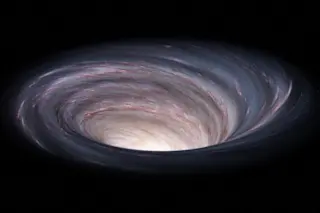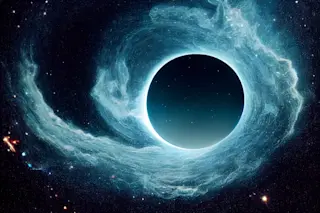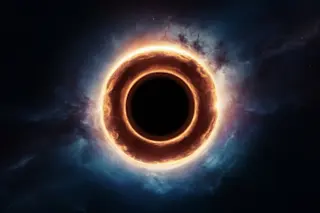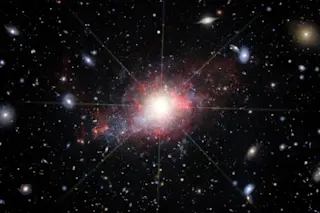In the 2014 movie Interstellar, astronauts investigate planets orbiting a supermassive black hole as potential homes for human life. A supermassive black hole warps surrounding space-time, according to Einstein’s theory of general relativity, and at least one of the planets in the movie, called Miller’s planet, experienced time passing at a slowed-down rate. For each hour the astronauts spent on the planet, several years passed outside the black hole’s influence.
The time shifting would dramatically affect whether a planet near a supermassive black hole could support life, according to a new paper posted to the preprint server arXiv. General relativity’s time warp affects not only the passage of time, but also the kind of light reaching the planet, with implications for any life there.
Though the likelihood that a habitable planet would orbit a supermassive black hole is unclear, thought experiments like these are helpful for better understanding the universe, ...














